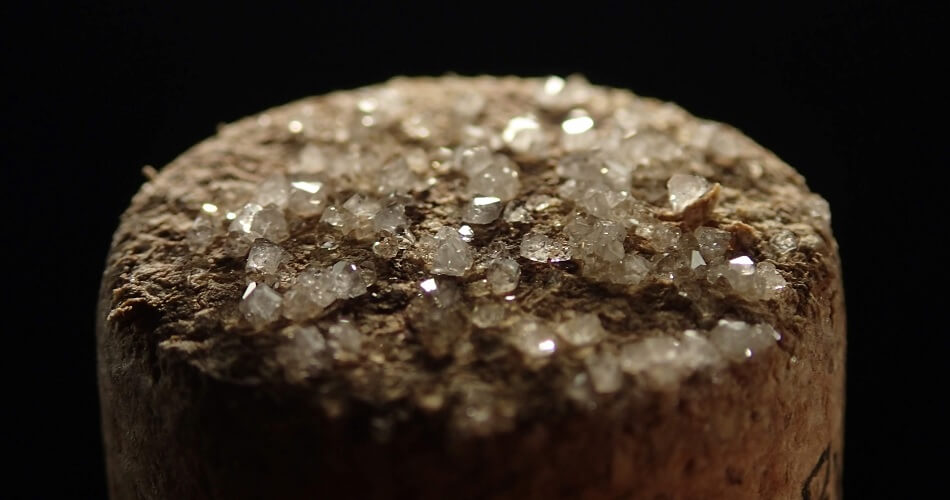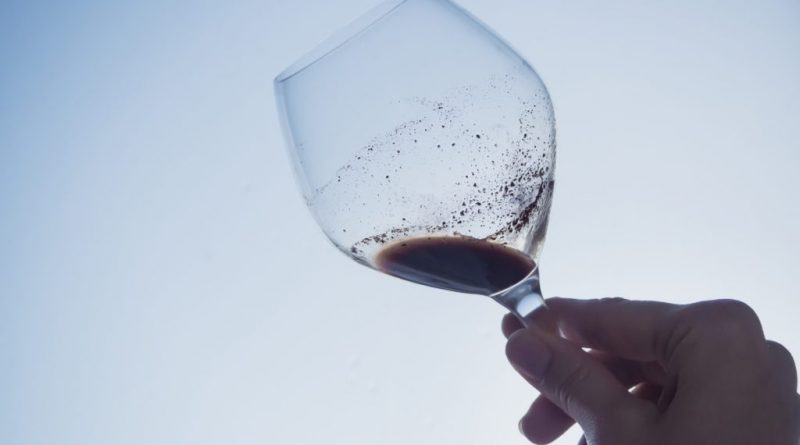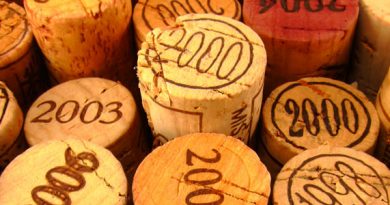Why is there sediment in wine?
Residue in wine is a characteristic result of the winemaking system. It can emerge out of strong grape parts like stems or seeds, solidified acids, or dead yeast cells.
While numerous winemakers sift through particles that structure during maturation and barrel maturing, residue can likewise happen while putting away wine in your basement. For this situation, you need to deal with it yourself in the wake of opening the container. This article will examine how to do this best and whether unremoved silt can be destructive to you.
What Causes sediment In wine Bottles?
The residue is a characteristic side-effect of winemaking. It structures during grape squeezing, maturation, or the maturing system.
Silt in wine can frame from the get-go in the winemaking system. At the point when the grapes are squeezed (or stepped by feet), strong aspects like stems, seeds, or skins float in the wine must before vintners sift them through. However, a few particles may be little to such an extent that they stay in the wine and in the long run structure dim ruddy-hued residue.
The vapid silt appears as though little jewels are shaped from tartaric acids. These acids are fundamental in wine since they balance out its smells and variety. Sadly, tartaric acids are not totally dissolvable, and hence, they will generally drop out as residue, called tartrate gems.
One more wellspring of silt in wine is yeast. Winemakers adding it to the wine must support maturation. The yeast cells feed on the grape sugar and change it into liquor. Be that as it may, when they find no more supplements, they pass on. Right now, the aging finishes. Winemakers could let the wine “mature on the dregs”, giving it extra yeasty and smooth smells, however, in the end, they need to sift them through. Assuming they miss some, the remaining parts could shape silt.
A few vintners postpone separating wine totally in light of the fact that they follow normal or veggie lover winemaking strategies. The subsequent wines look shady, however, they can be excellent.
What Is sediment In wine Called?

Silt that comes from tartrate gems is drab and seems to be small gems. For that reason, many wine sweethearts allude to them as “wine jewels”.
Assuming the dregs are the remaining parts of dead yeast cells, you can likewise refer to them as “dregs”.
IS sediment In wine Normal?
Silt in wine is completely ordinary. They happen during the winemaking system normally. While numerous winemakers channel their wines to eliminate silt, you actually can find remains while opening the containers. Moreover, when wine ages in the jug for quite a while, extra silt can shape.
Does Sediment in Wine Mean It Is Bad?
Ordinarily, silt in wine is neither a defect nor an indication of waste. By and large, it is an incredible inverse. Craftsman winemakers handcraft their wines with much consideration, and they frequently choose to defer sifting the residue to add more fragrances and variety to the wine.
Yet, even sifted wines will shape residue assuming that you store them in your basement for quite a long time. While the wine ages and grows new complex smells, a few parts concentrate and drop out as residue. For this situation, silt demonstrates a decent wine as opposed to a terrible one.
There is just a single exemption: If the stopper is harmed, it could disintegrate so that bits of it fall into the wine. On the off chance that you spot this sort of silt in wine, it very well may be an indication of waste. A harmed stopper isn’t water/airproof any longer so the wine can oxidize to where it goes off.
Is Sediment in Wine Harmful?
Silt isn’t hurtful, so it is alright to drink wine with residue. It won’t make you debilitated and won’t create any medical problems.
Be that as it may, residue makes a somewhat undesirable coarse mouthfeel, very much like drinking espresso with a touch of espresso ground would. In this way, it’s a good idea to eliminate it.
How To Manage sediment In wine?
While silt is not destructive, it can make a disagreeable mouthfeel. Subsequently, eliminating them from the wine prior to drinking it checks out. To do as such, you have a few choices:
- decanter
- fit strainer
- cheesecloth
- espresso channels
Regardless of which one you use, keep the jug standing upstanding for a little while prior to opening it. The dregs will sink to the base here, making it simpler to eliminate them.
Allow us to examine the various choices to eliminate wine silt in more detail.
Eliminating Wine Sediments with a Decanter
Sommeliers and other wine specialists use decanters to eliminate the dregs in wine. A decanter is a glass bottle with a wide base. It permits the wine to reach out to air, so it can “relax” and discharge its most fragile fragrances. Yet, while emptying a wine, you can likewise eliminate the silt from it.
Pour the wine gradually from the jug into the decanter. At the same time, screen the neck of the jug, in a perfect world with a close-by light source. When you see strong aspects in the bottleneck, quit pouring, so the silt couldn’t leave the jug. You could lose touch with wine too, yet that is the cost of eliminating the silt.
In the event that a few residues make it into the decanter, sit back and relax. While emptying the wine into glasses, you get one more opportunity to abandon them.
You should move the wine once more into the jug subsequent to eliminating the residue, for example, since you need to take it with you while visiting companions. For this case, twofold emptying is the best approach: Clean the jug appropriately in the wake of emptying the wine into the decanter. Then, fill the wine back in and reseal it.
Eliminating Wine Sediments with a Sieve
On the off chance that you don’t possess a decanter, you can utilize a coincided sifter to eliminate wine residue. It isn’t the most complex way, yet it works assuming your strainer is sufficiently fine. Particularly tea sifters are great apparatuses for this reason, as they are made to keep fine particles out of your tea.
Once more, pouring gradually is fundamental. What’s more, when you see the residue in your strainer, you ought to consider halting the pour and leaving the remainder of the wine in the jug.
Know that the strainer probably won’t get tiny particles.
Eliminating Wine Sediments with Cheesecloth
Cheesecloth is one more family thing that you can use to get dregs out of your wine. Regularly, it is utilized to make cheddar (clearly), yet you can likewise strain a wide range of fluids through it to dispose of strong particles.
Essentially put the cheesecloth around the wine container’s opening. To be protected, use no less than two layers. You can hold the material tight with your hand, yet fixing it with an elastic band or a piece of twine is more secure. Then, at that point, pour the wine gradually from the jug. The material will dial back the cycle altogether, so plan some time for the system.
Eliminating Wine Sediments with Coffee Filters
Espresso channels produced using paper are one more choice for eliminating residue in wine. While their basic role is to keep solids out of your espresso, you can likewise utilize them to channel different fluids, including wine.
You can involve the espresso channels in two distinct ways:
- It is possible that you can put them on the wine bottle, very much like the cheesecloth. Once more, think about fixing it with an elastic band, and afterward, leisurely empty the wine into glasses. The channel will hold the silt in the container.
- On the other hand, you can put the paper channel on your glass, so it gets the silt not long prior to getting inside. While it functions admirably along these lines, fixing the channel may be somewhat more confounded, basically in the event that you use wine glasses with a major bowl.
Anyway, utilize unbleached espresso channels. Dyed channels can grant exceptionally terrible flavors to your wine, so keep away from them no matter what.
Last WORDS
Residue in wine is totally ordinary and regular. The minuscule particles are neither an indication of terrible wine nor risky to your wellbeing. In any case, you ought to sift them through to keep away from the dirty mouthfeel they make. Anyway, don’t allow your drinking to encounter to be demolished by thinking often a lot about dregs in wine. Good health!




